全站搜索
Search the entire website
Search the entire website
Are you trying to decide between a crusher and a feeder breaker for your operation? You are not alone. This choice is fundamental to your site’s productivity and profitability. The core difference is simple: crushers are designed to break hard, abrasive rock through immense compression or impact, while feeder breakers are built to break softer materials like coal and provide a consistent feed rate. Getting this decision right prevents costly downtime and ensures your entire plant runs smoothly. This comprehensive guide will walk you through every factor, helping you select and use the perfect machine for your project.
A crusher is a heavy-duty machine engineered for one primary purpose: to reduce the size of large, hard materials into smaller, more manageable pieces. It is the powerhouse at the start of nearly every quarry, hard rock mine, and recycling operation. Its job is pure size reduction, often dealing with materials that have very high compressive strength, such as granite, basalt, iron ore, and river stone. At ZONEDING, we have been manufacturing a complete range of these essential machines since 2004, including primary , secondary cone crushers, and versatile impact crushers.
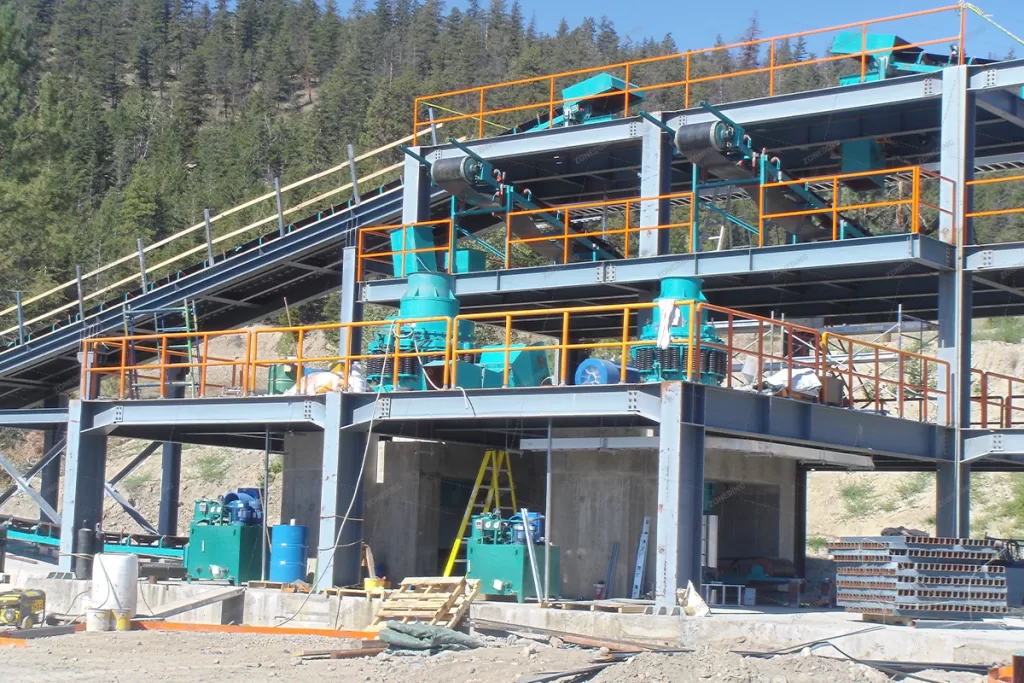
The main function of a crusher is to take large run-of-mine (ROM) rock and break it down to a specific size required for the next processing stage. This process, known as comminution, is achieved by applying force so great that it exceeds the rock’s natural strength. Crushers are built for extreme durability and high performance, capable of processing thousands of tons of abrasive material every day. Without an effective and reliable primary crusher, the entire downstream processing circuit, including screens and secondary crushers, cannot function efficiently. It is the true workhorse of the comminution circuit.
Crushers use different methods to break rock, but they all rely on applying intense stress. Understanding these mechanisms helps you choose the right type for your material.
These are the most common primary crushers. A jaw crusher uses two heavy jaw plates, one fixed and one moving, to create a V-shaped crushing chamber. An eccentric shaft creates a reciprocating motion in the moving jaw, which compresses the rock against the fixed jaw. This is like cracking a giant nut. They are the go-to choice for the toughest, most abrasive rocks and are known for their reliability.
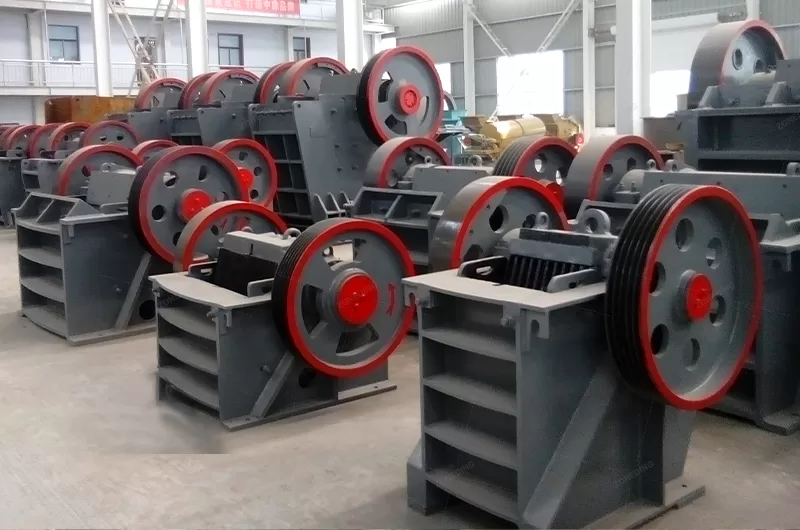
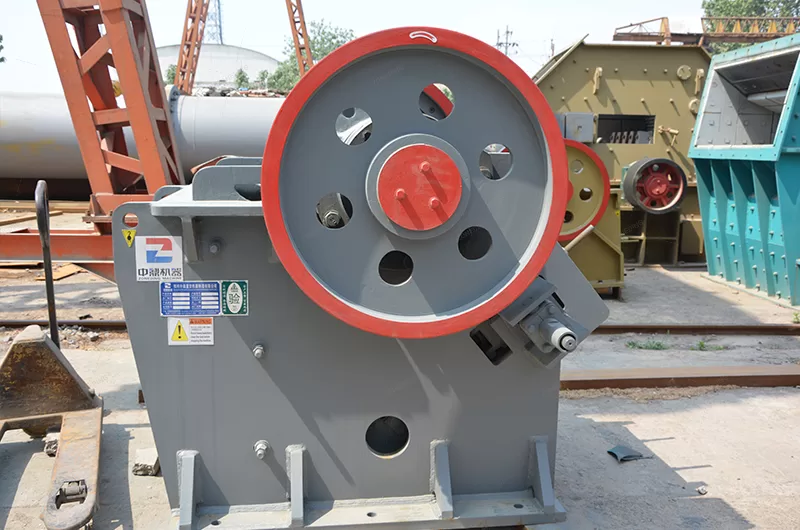
Typically used in secondary and tertiary crushing stages, a cone crusher breaks rock between a rotating mantle and a stationary bowl liner. As the mantle gyrates, it squeezes the rock, breaking it into smaller pieces. Cone crushers are excellent for hard and abrasive materials and are known for producing a finer, more cubical (less flaky) product, which is often required for high-quality concrete and asphalt.
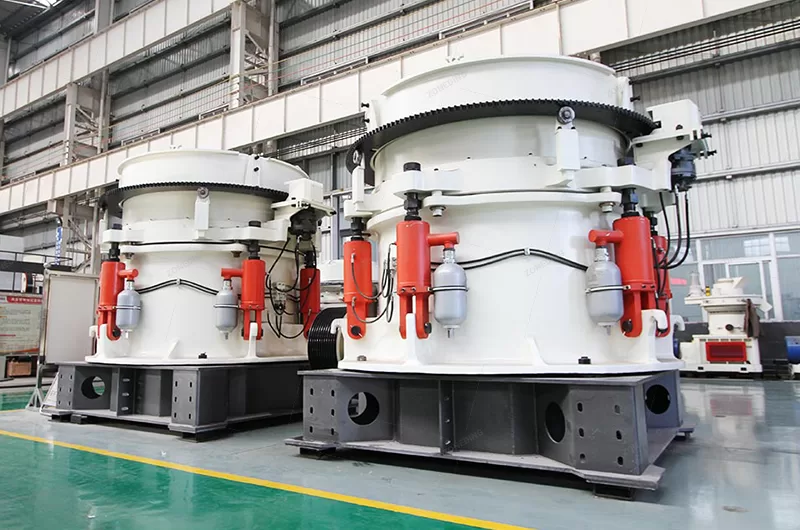
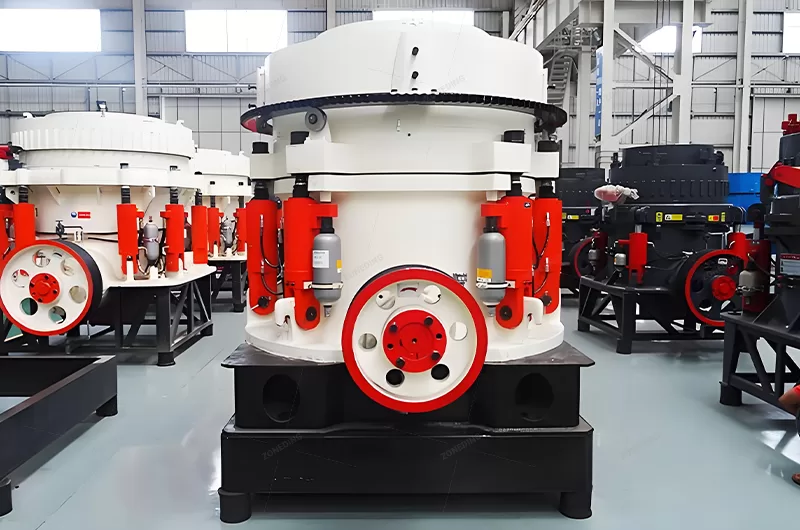
Impact crushers use high-speed impact instead of compression. A rotor with blow bars spins at high velocity, throwing the feed material against solid impact plates. The rock shatters along its natural fissures. This method produces an excellent cubical shape but is best suited for less abrasive materials like limestone, as the high-impact action can cause rapid wear on parts when used with hard rock like granite.
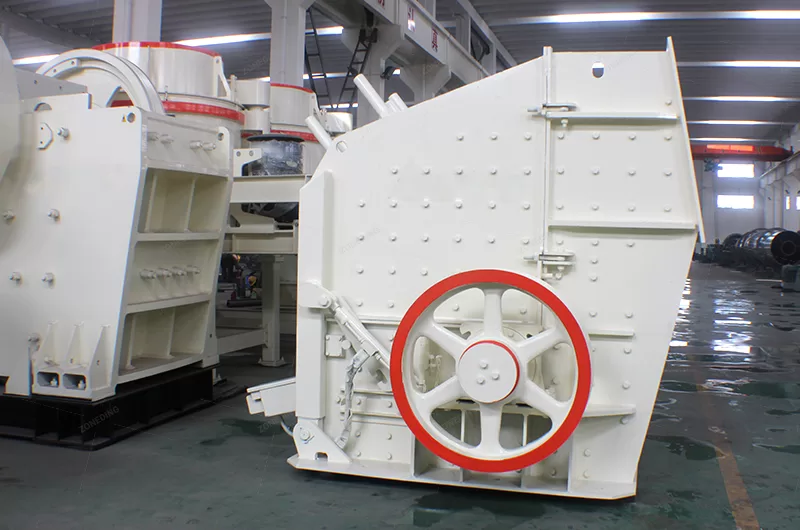
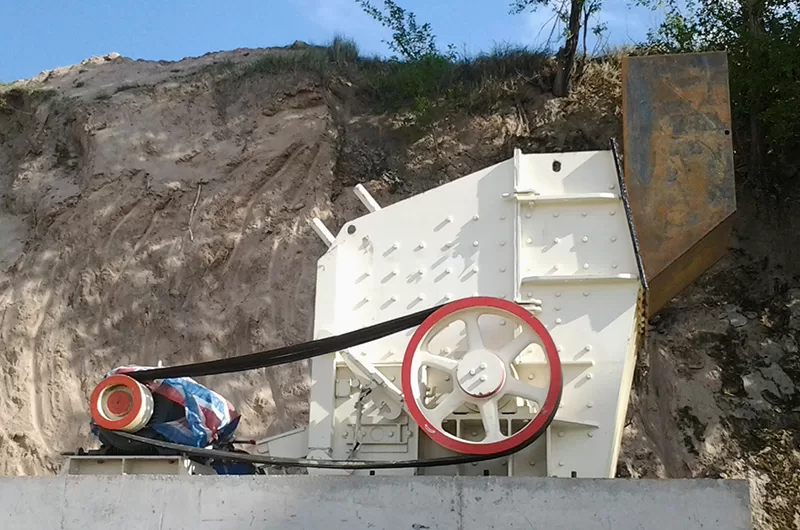
You should choose a crusher when your primary goal is significant size reduction and your feed material is hard, dense, or abrasive.
A feeder breaker is a multifunctional machine that combines two roles: material sizing and conveying. It features a rugged conveyor chain that drags material along a deck towards a rotating, horizontal pick drum. This powerful drum, armed with carbide-tipped picks, breaks any oversized lumps down to a more uniform size. Its main purpose is not high-ratio crushing of hard rock. Instead, it is designed to break softer, stickier, or slab-like materials while providing a consistent, controlled feed to the rest of the plant.
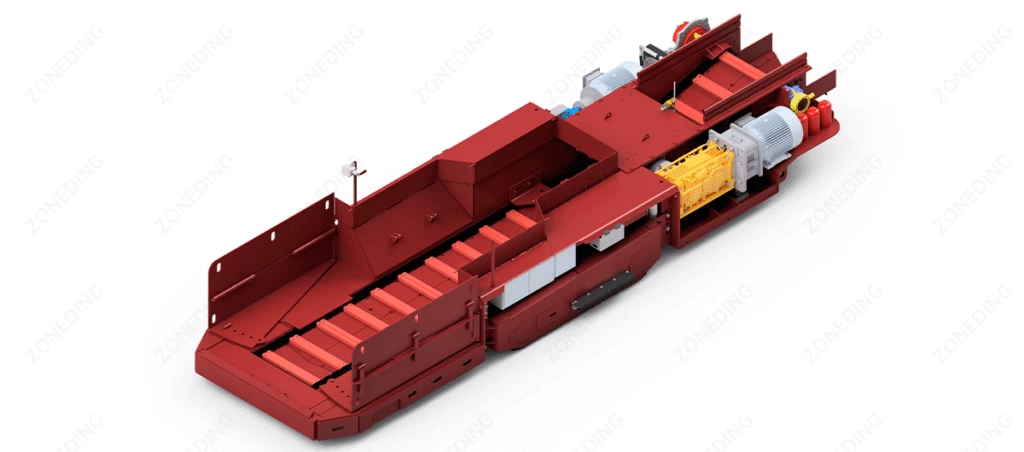
Think of a feeder breaker as a traffic controller for your processing line. It takes large, irregular chunks of material directly from a haul truck or loader and ensures that what comes out is consistently sized and fed at a steady rate. This prevents surge loading and blockages downstream, protecting conveyor belts and other equipment from damage. While a crusher is about brute force reduction, a feeder breaker is about control, sizing, and flow regulation. This makes it invaluable in industries like coal mining, where material is less abrasive but can be blocky and difficult to handle.
The operation is straightforward and incredibly robust, designed for continuous use in harsh environments.
A feeder breaker is the right choice when you are handling softer, less abrasive materials and need both sizing and flow control.
Making the right choice starts with understanding the fundamental differences. This table breaks down the key characteristics of each machine to help you see where they excel.
| Feature | Crusher (e.g., Jaw Crusher) | Feeder Breaker | What This Means for You |
|---|---|---|---|
| Primary Function | High-ratio size reduction | Sizing and controlled feeding | Choose a crusher for breaking things down. Choose a feeder breaker for sizing and flow control. |
| Material Hardness | Designed for hard, abrasive rock (>150 MPa) | Best for soft to medium-hard materials (<100 MPa) | Using a feeder breaker on hard rock will cause extreme wear and failure. |
| Reduction Ratio | High (e.g., 6:1 to 8:1) | Low (e.g., 2:1 to 3:1) | A crusher makes big rocks much smaller. A feeder breaker just breaks up the biggest lumps. |
| Fines Generation | Can be significant, especially with impact crushers | Minimal, which is ideal for products like coal | If you need to avoid creating dust and fines, a feeder breaker is better. |
| Feed Mechanism | Requires a separate feeder (e.g., vibrating grizzly feeder) | Integrated drag chain feeder | A feeder breaker is a two-in-one machine, potentially saving space and capital cost. |
| Typical Application | Granite, basalt, iron ore, concrete recycling | Coal, salt, potash, gypsum | The application is the most important factor in your decision. |
Selecting the right machine doesn’t have to be complicated. By analyzing three key areas of your operation, you can confidently determine whether you need a powerful crusher or a versatile feeder breaker.
This is the most important factor. You must know your material’s properties inside and out.
A mid-sized mining company in Peru was facing challenges with its primary crushing circuit for a high-grade iron ore deposit. The ore was extremely hard and abrasive, with a feed size of up to 750mm. Their existing crusher was experiencing excessive wear on its jaw plates, leading to frequent downtime and high maintenance costs, which bottlenecked their 400 TPH processing plant.
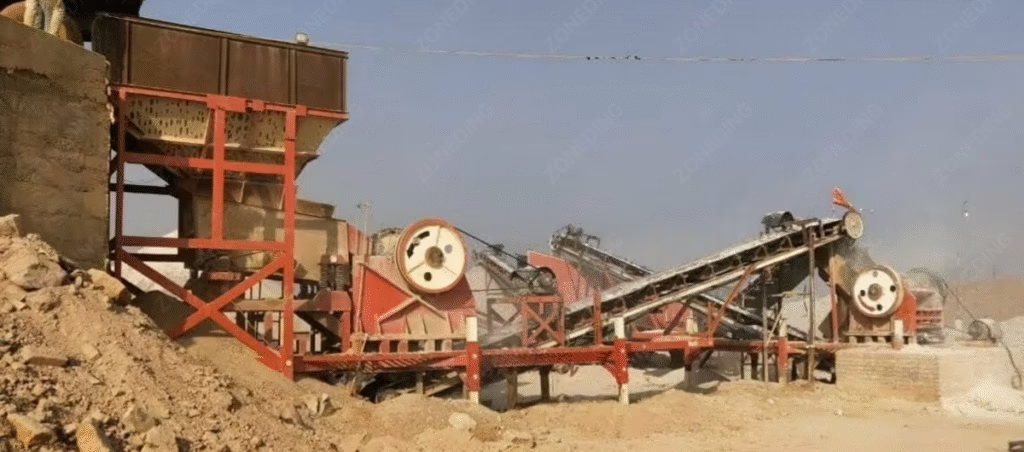
When you import heavy equipment, your choice of supplier is just as critical as your choice of machine. Look for a true partner, not just a seller.
The industry is constantly evolving. Staying aware of these trends can give you a competitive edge.
Choosing ZONEDING means choosing a manufacturing partner with over 20 years of proven experience, dedicated to your success. We are not just a seller; we are a factory-direct provider of comprehensive crushing and mineral processing solutions. Our 8,000 square meter facility and team of 15 dedicated engineers ensure every machine we build meets the highest standards of quality and performance. We have successfully delivered equipment to over 120 countries, offering customized solutions that lower total cost of ownership and maximize productivity. From initial consultation and custom design to installation and long-term parts support, we provide a complete, one-stop service for your project.

The “crusher vs feeder breaker” debate is not about which machine is better overall, but which machine is right for your specific material and application.
Making the wrong choice can lead to high operating costs, excessive downtime, and poor product quality. By thoroughly analyzing your feed material, defining your production goals, and understanding the fundamental differences between these machines, you can equip your operation for success and profitability.
Have you ever wondered what the world around you is truly made of? From the smartphone in your hand to the roads you drive on, our modern lives are built upon a foundation of processed minerals. Understanding the 10 common minerals and their uses...
View detailsChoosing the right rock crusher is a major decision for your quarry or mining operation. The wrong choice can lead to wasted money, inefficient production, and lower profits. Jaw crushers and impact crushers are two of the most common types of cr...
View detailsIron ore is the backbone of modern industry. As a key supplier of mining equipment, I know how important it is to understand your raw material. The most common iron ores are hematite and magnetite. While both provide the iron vital for steel, the...
View detailsNeed to know about ferrous metals? This concise guide introduces iron and its most common alloys, steel and cast iron. It outlines their basic composition and industrial relevance. Ferrous metals are a big part of our daily lives. They build our ...
View details